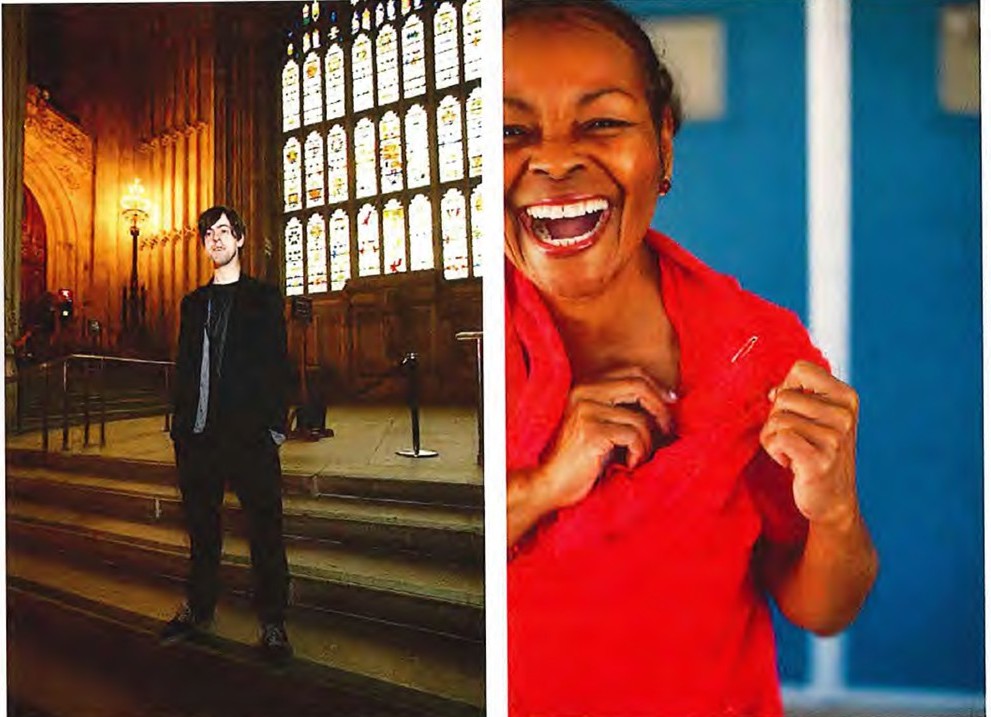When gender comes into play

Two portraits from the Local Wisdom project. Photo credits: Kerry Dean and Paige Green.
The second article from CHANGE with gender as a main focus has been published, authored by Kate Fletcher: Gender, Fashion, Sustainability in Clothing Cultures.
Text: Ingun Grimstad Klepp and Tone S. Tobiasson
Kate begins the article with a review of what is obvious to us who work in the field, most researchers, most informants are female. And her research question is How does gender affect clothing use practices in the Local Wisdom Project?
The way Kate places gender, clothing and sustainability together is an important point in the article, however it encompasses more: Kate has returned to her wealth of stories about clothes from the Local Wisdom project, which was carried out between 2009 and 2014, a total of 415 stories from a total of nine countries, of which 316 ‘practices of use’ ended up on the website and in the study, 20.6% of them are from men, 79% from women and also included one non-binary.
So, what are they saying? Kate does a simple analysis and finds the themes that women and men highlight. And believe it or not… men are interested in economics and technology, women in most other things. Researching gender and clothing is not easy, because much of what we can and will find are obvious truths. Thus it is important to remember that the claims of ‘truth’ also need to be documented, discussed and explained. We need systematic comparisons. We need to put into words the obvious and see the limitations in ourselves. We don’t need a sustainability discussion only for women. We need everyone to be involved and everyone to contribute. We cannot continue to leave out half of the population just because they, well… are men.
At the same time, there is another perspective: To the extent that men and women have very different approaches, this is also reflected in the policies that are developed. This is not discussed in Kate’s article, but her research gives us a clue as to why policy development today uses a ‘male language’ and a male approach with spreadsheets and data-sets as the basis; while women have a completely different language and approach. So ‘lost in translation’ is perhaps something that needs to be explored further, to make EU policy make sense for both genders.
Link to article, click here (intellectdiscover.com).
Link to the first article Comparing Male and Female Wardrobes: Gender Dynamics in the Practice of Dressing, authored by Vilde Haugrønning and Ingrid Haugsrud, can be found here.